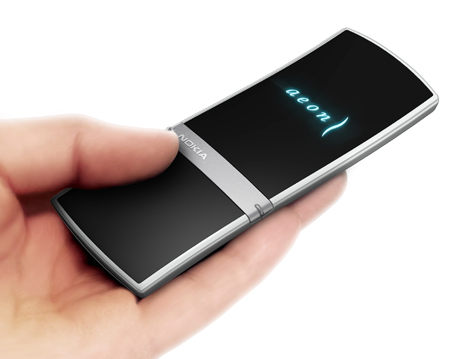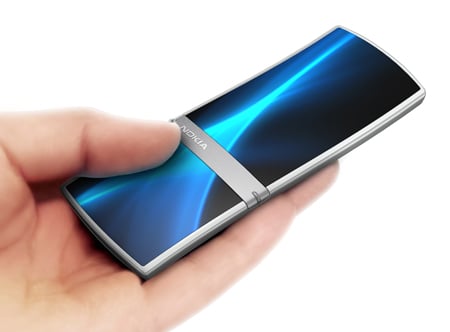
The website of a company is the face of the company online. As with interpersonal meetings the first impression is of a major importance and bad design may turn away clients otherwise interested in what the company offers. In addition the homepage should be user- friendly enough so that the visitor can acquire the main information s/he is looking for but also attractive enough so that it propels desire to click through it and browse further. Therefore there are two main components a webpage should have – it should be built to be effective and to be aesthetically pleasant. There are many elements of the web design that should be considered, such as content, layout, colours, fonts, ease of navigation, loading time, relevance of design to content, interactiveness and others depending on what the website wants to achieve. Some of those requirements are self-explanatory such as loading time- a website that takes more than a few seconds to reveal its content will be forgone by the great majority of visitors. Relevance of design also does not need too much justification – a car manufacturer will seemingly not profit much of a cartoonish design while a fruity drinks company would not want to present itself as overly corporative and heavy.

Out of the elements enumerated above ease of navigation is probably one of the most important. When a visitor understands how to navigate through a website even if it is his/her first time viewing it user-oriented design is of an essence for the success of the company behind the site. First, there are number of elements that users expect to see on a homepage- contact information, a company profile, a contents page, products / services links, downloads, payment options, a search option, sign-in area if the site offers membership and so on. Basically, how can people interact with the website depending on their needs and on what the company can offer them – those main options should be shown clearly on the front page. The clickable buttons and hyperlinks should be unmistakable as well– for example, blue colour and underlined for the latter, not too small with a legible lettering for the former. The layout should also be fairly known to the user- the practice has shown that the main sections of the site should be aligned horizontally on the top of the page or vertically on the left-hand side. Alternatively right-hand side is also possible but due to the fact that people are preconditioned to read from top to bottom and from left to right (in the Western world at least), it is most logical for the website designers to follow this type of eye movement and put the most important information in those places

Of course, for the easy navigation to make sense the site should offer a good content to navigate through. If the information is too little for example the website will have no value for the customer,
Navigation ease does not mean the website should be too plain and boring. Images, colours and typography are all used to attract visitor’s attention and create interest. Their choice depends on the company’s profile and the image they have or want to create. For example, the site of Coca Cola uses red as its main colour while the one of Pepsi is mostly blue- relevant to the companies’ palette. Images have the greatest potential to attract attention and they should be included on most of the pages of a website as long as they are consistent with its purpose. Colours can be used in a variety of combinations depending on the situation but the general principle is not to overdo the colour scheme (have a lesser number of shades rather than greater), colours too bright or clashing should be avoided (the visitor should not squint when s/he opens the site), and dark lettering on a light background is easier on the eye although the opposite can also be used as long as the font is contrasting. The letters should also be legible- not too small to make them illegible and not too big to distract from the rest of the content. legibility is also much influenced by the choice of font type (http://www.inspirationbit.com/16-best-loved-font-bits-in-web-design/ ). Finally, colours and fonts should be consistent throughout the website so as to create a sense of integrity.

There is a lot more that can be said about web design but the main things are intuitive- webpages which are informative, pleasant and relevant to the target audience will always have more visitors than the ones which are not.
One of the world’s best website
http://www.moluv.com/index.php
One of the world’s worst websites
http://www.angelfire.com/super/badwebs/
A contrast of two websites selling similar service but one with a better design than other:-
http://news.bbc.co.uk/ (focussing on the font type, presentation of the news, colour scheme used, information available, etc.)
VS
Resources used:
http://psd.tutsplus.com/tutorials/designing-tutorials/9-essential-principles-for-good-web-design/
(http://www.inspirationbit.com/16-best-loved-font-bits-in-web-design/ )
http://www.pepfx.com/articles/web_design/webdesign_colors.php
http://www.sharpened.com/web/about/rules.html
http://www.smashingmagazine.com/2008/01/31/10-principles-of-effective-web-design/
http://www.smashingmagazine.com/2007/10/09/30-usability-issues-to-be-aware-of/
http://www.techwyse.com/blog/website-conversion/eye-tracking-study-web-design-for-conversion/










